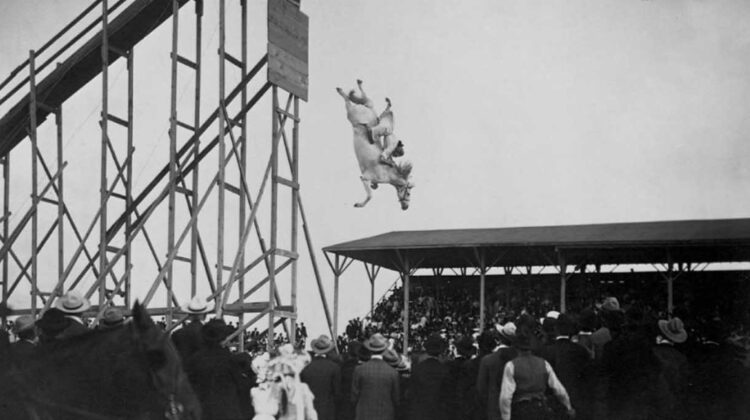
In the late 1800s, William “Doc” Carver introduced the world to an act that would become one of the most popular attractions of the time: diving horses. Despite the obvious danger and cruelty to the animals, these shows continued for decades, drawing in crowds who marveled at the spectacle of a horse and rider diving from great heights into a pool of water.
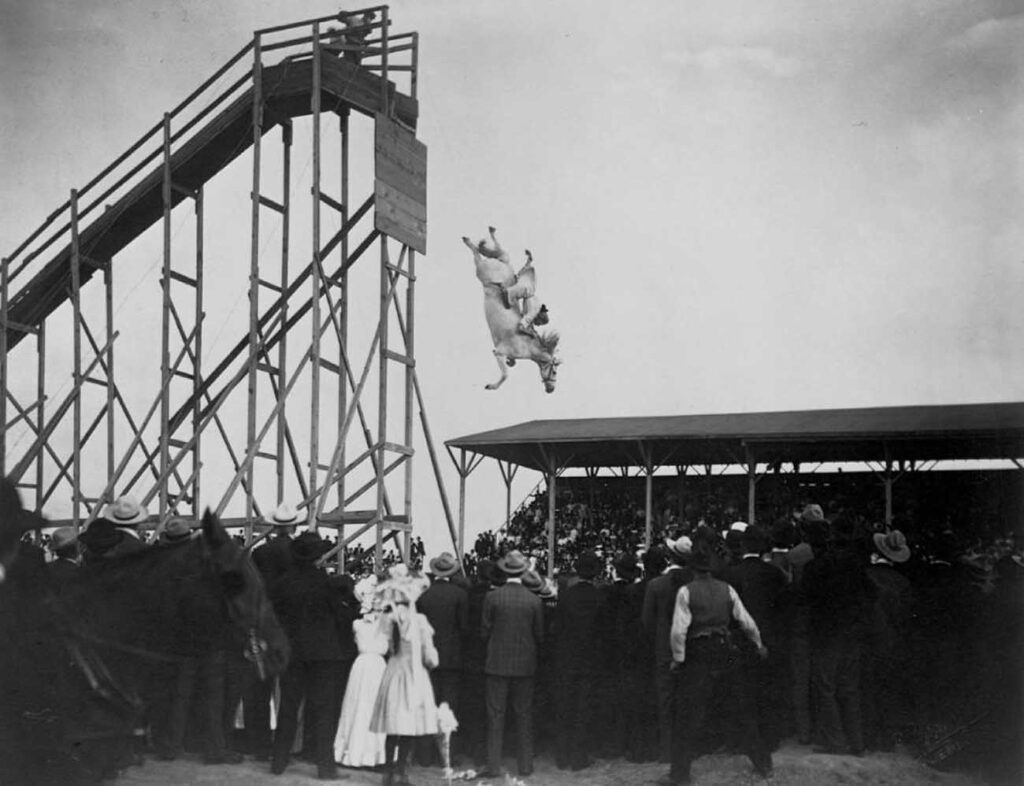
Carver, a champion sharpshooter, developed the diving horse act after allegedly witnessing his own horse fall or dive into the Platte River in Nebraska. He began touring the country with his show, which included various trained animals and the diving horse act. Carver’s son, Al Floyd Carver, constructed the ramp and tower, while Lorena Carver was the first rider. Sonora Webster later joined the show in 1924 and became one of the most famous riders in the history of the act.
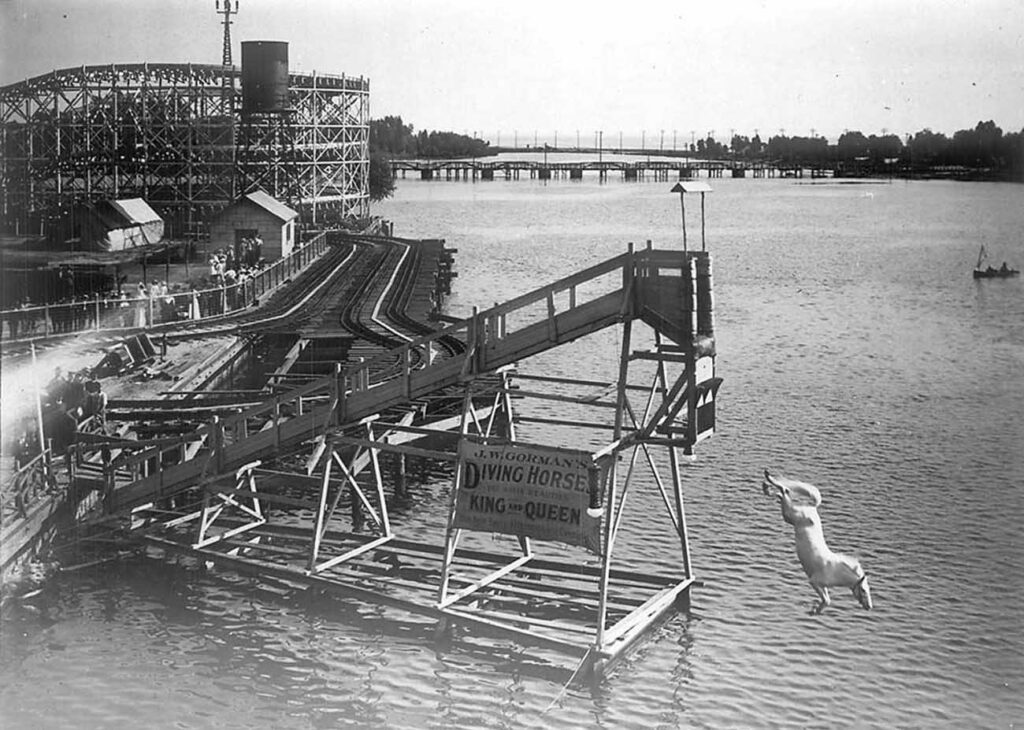
One of the most popular shows was “The Great Carver Show,” which became the main attraction at the Steel Pier in Atlantic City, New Jersey. The show involved a horse with a young lady in a swimsuit on its back, jumping from a platform as high as 40 feet into a tank of water below.
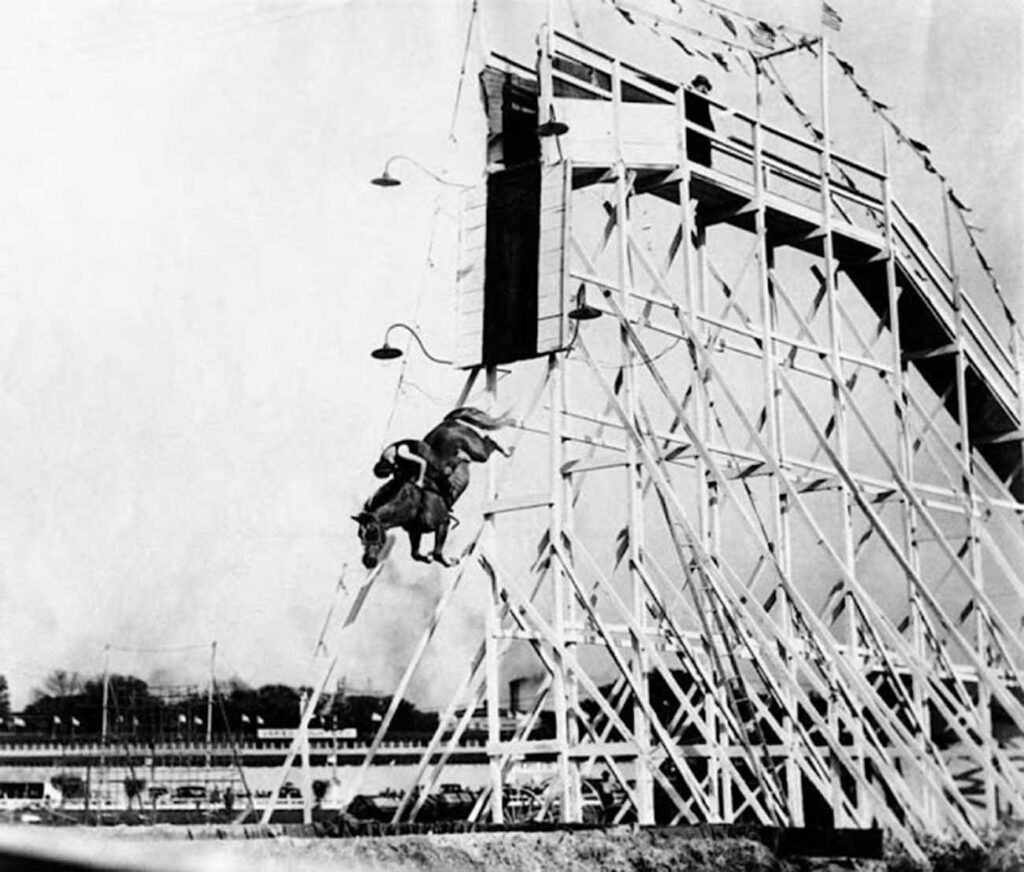
The horses would run up a carpeted ramp, while the rider waited at the top, mounting the horse as it ran by to take the plunge together. When they landed in the tank, the horses would go down until their hooves touched the bottom and then push off to get back to the surface. Divers often trained with their horses for years, gradually moving up to higher and more challenging diving platforms.
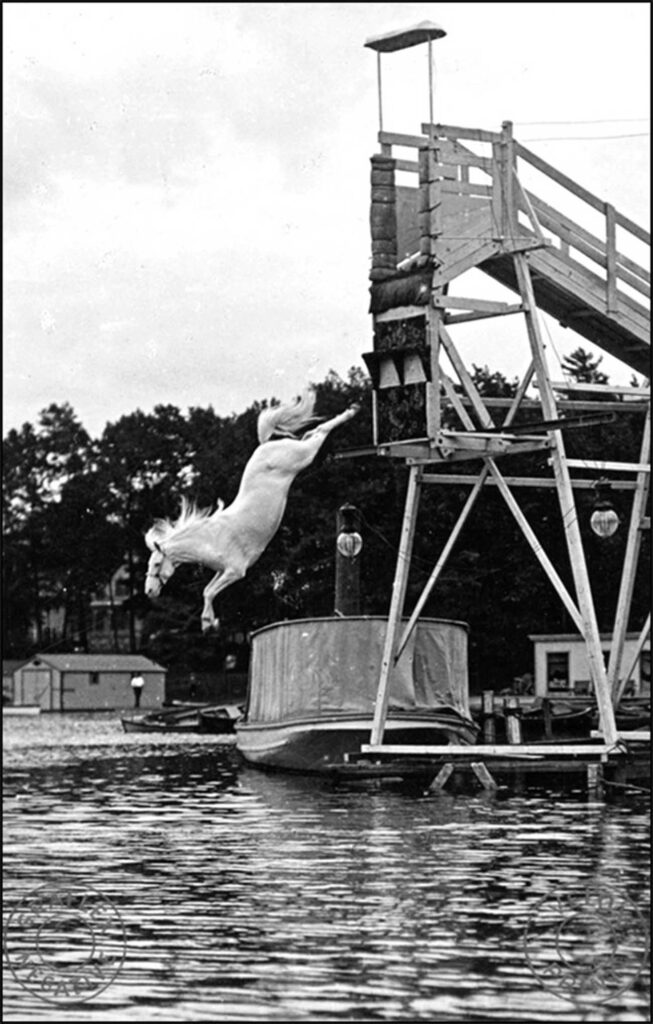
Despite claims that the horses were unharmed, the same cannot be said for the riders. On average, there were two injuries a year, usually a broken bone or a bruise. The most serious injury in the show’s history happened to Sonora Webster. In 1931, during a dive, her horse dove into the tank off-balance, causing her to hit the water face-first. Sonora failed to close her eyes quickly enough, resulting in detached retinas that left her sightless.
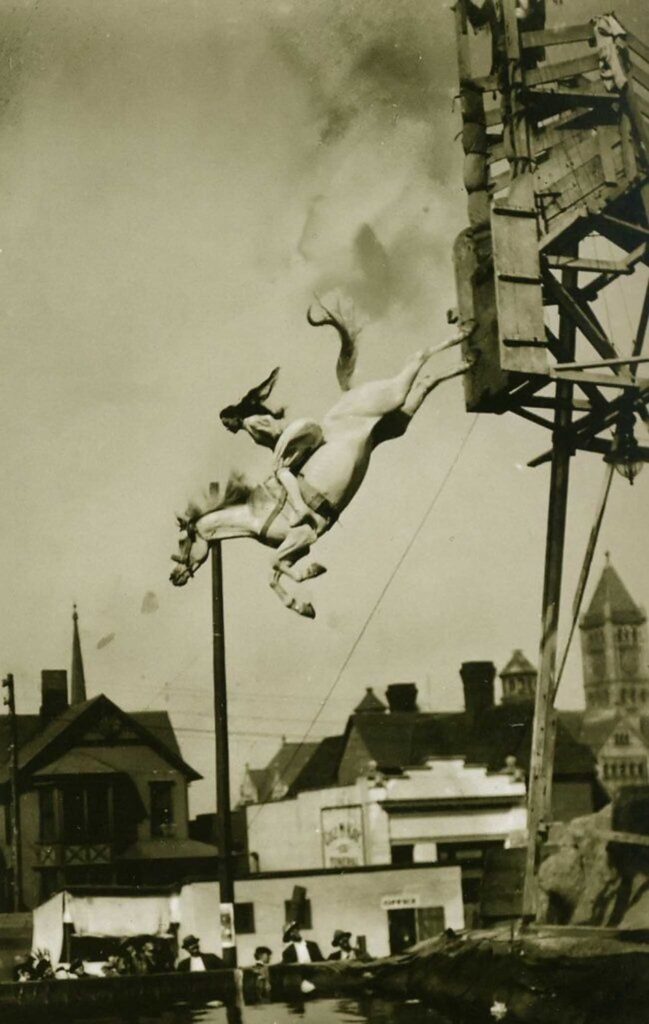
Despite being blinded, Sonora continued with the act for eleven more years. Her story was immortalized in the film Wild Hearts Can’t Be Broken, based on her memoir A Girl and Five Brave Horses.
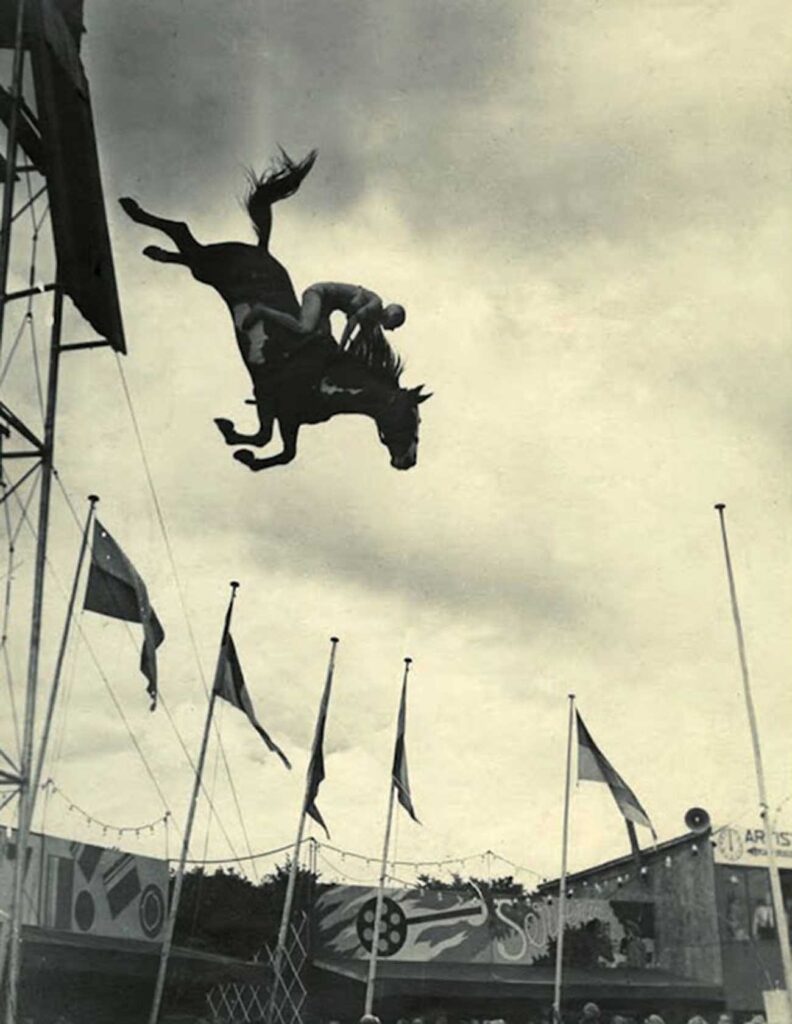
Animal welfare activists began to voice their opposition to the horse diving shows, and they eventually came to an end in Atlantic City in the 1970s. Although there was a brief resumption of the act at the pier in 1993, it was again shut down amid opposition. Attempts to revive the shows in 2012 were also halted when animal welfare advocates petitioned the owners not to hold the shows.

In conclusion, the diving horse shows were undoubtedly dangerous and cruel, posing a threat to both the horses and the riders. Despite this, they remained incredibly popular for decades, drawing in crowds who marveled at the spectacle. While the shows are no longer performed due to opposition from animal welfare activists, the legacy of the diving horse act continues to be a reminder of the extremes humans will go to for entertainment.
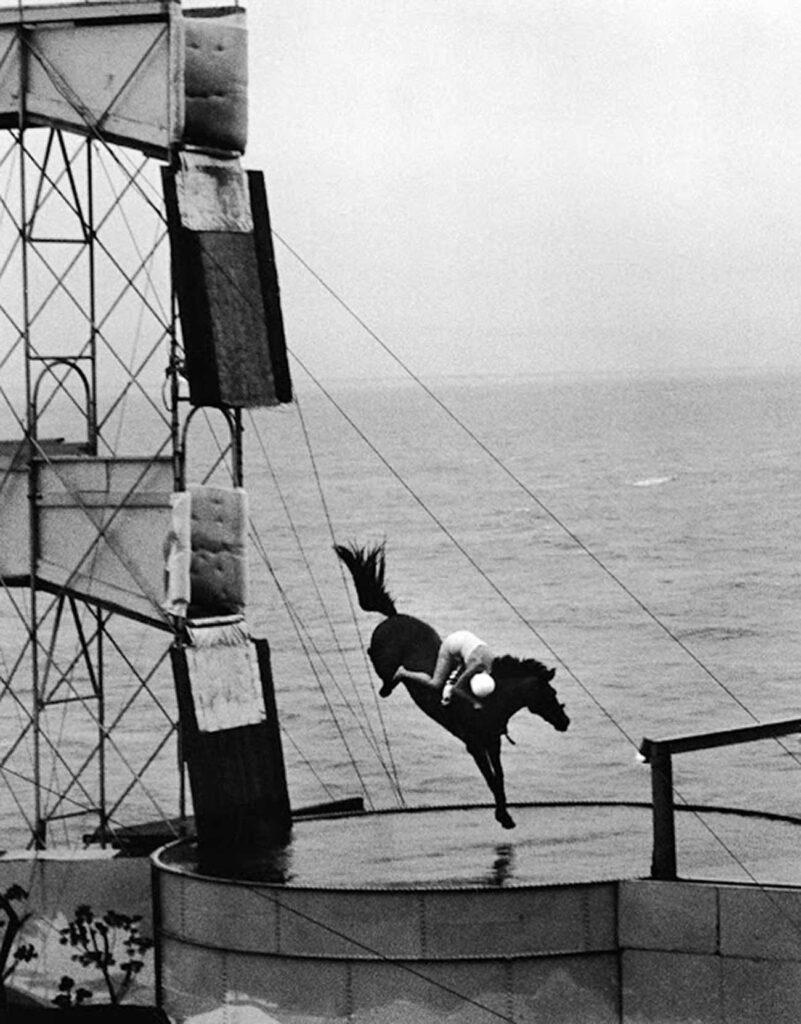
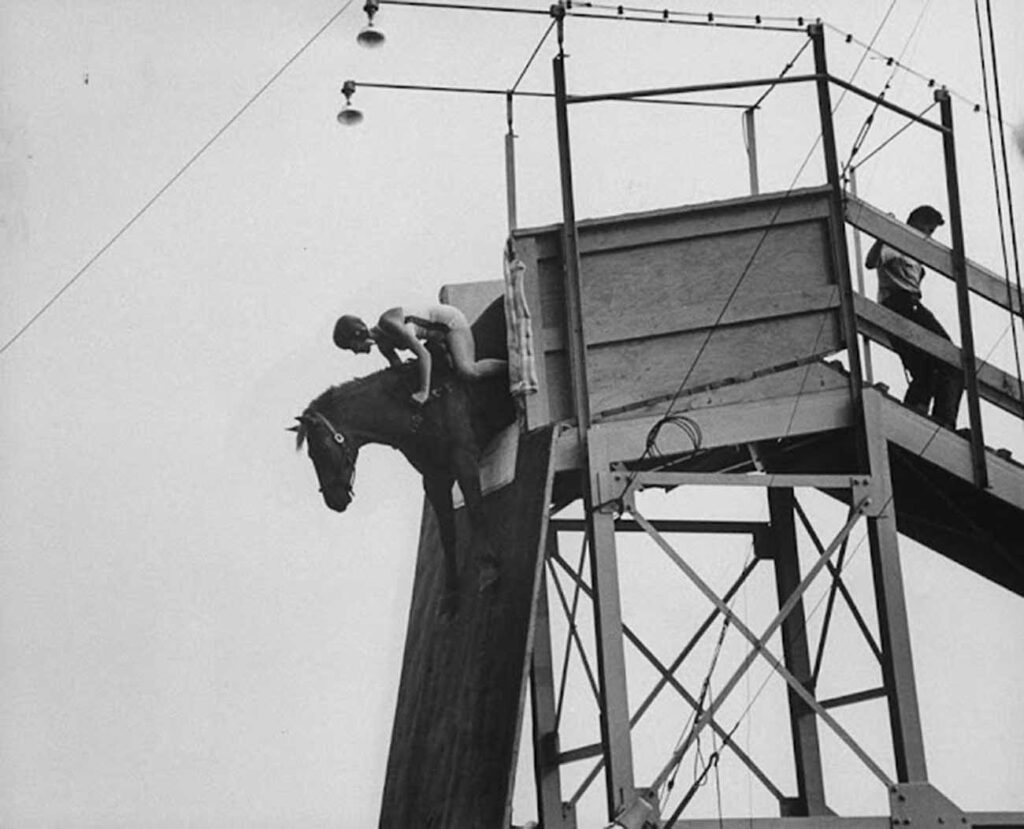
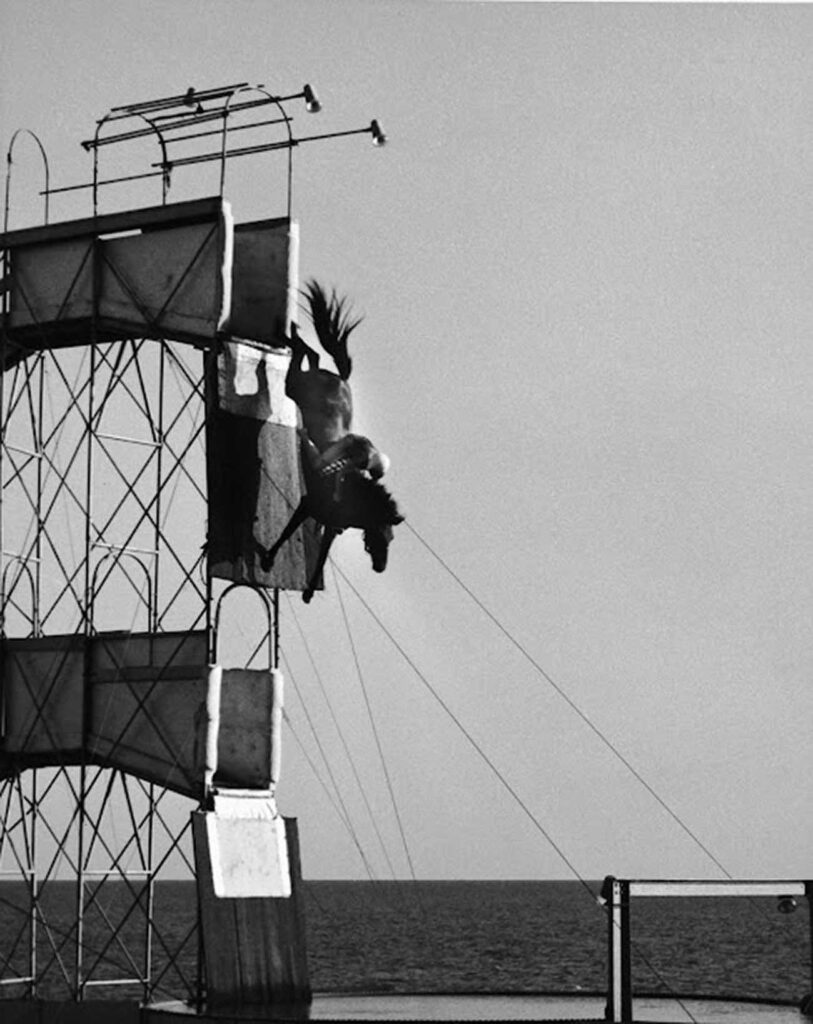


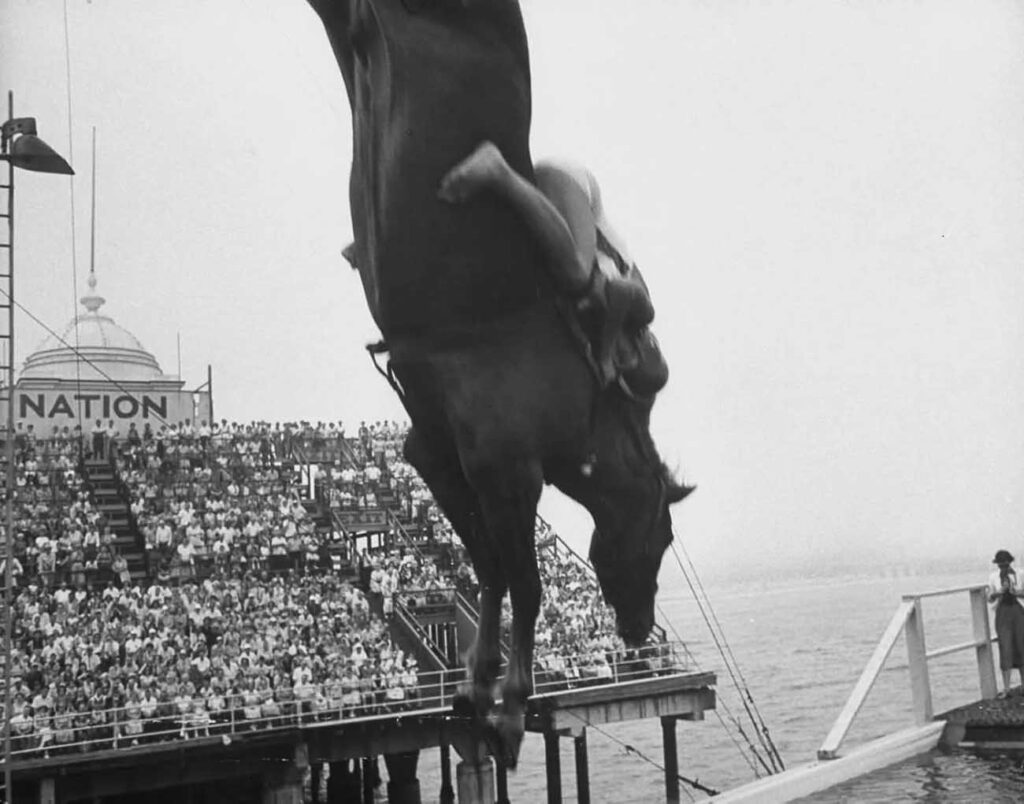
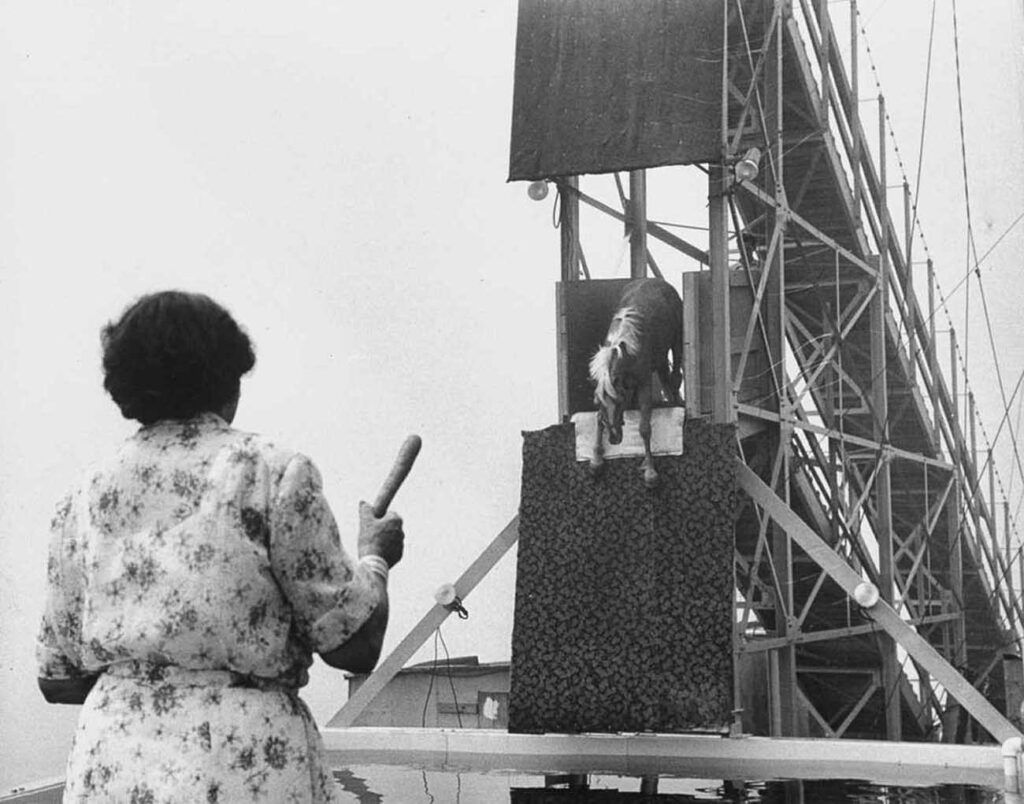
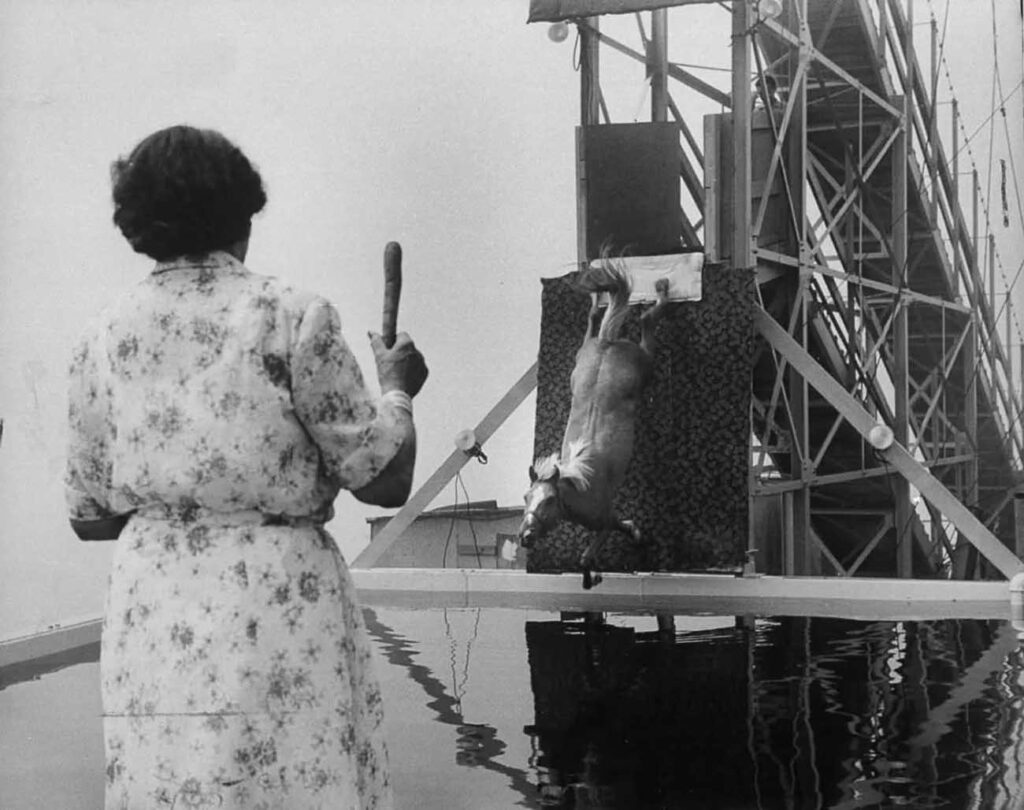
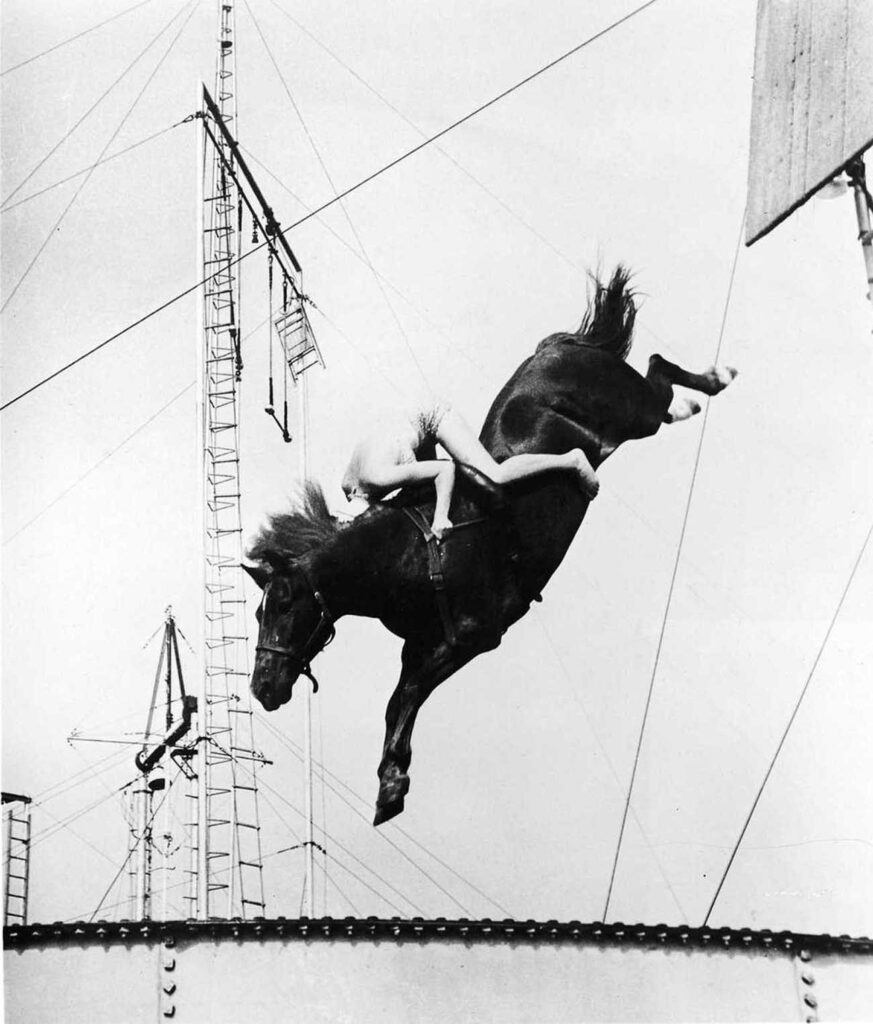
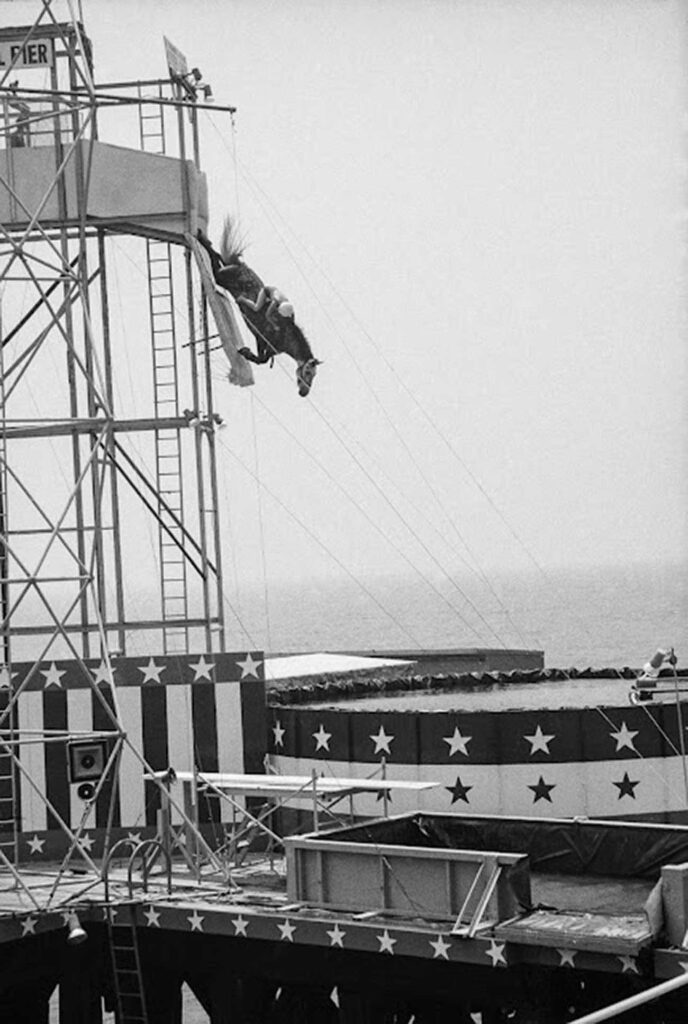
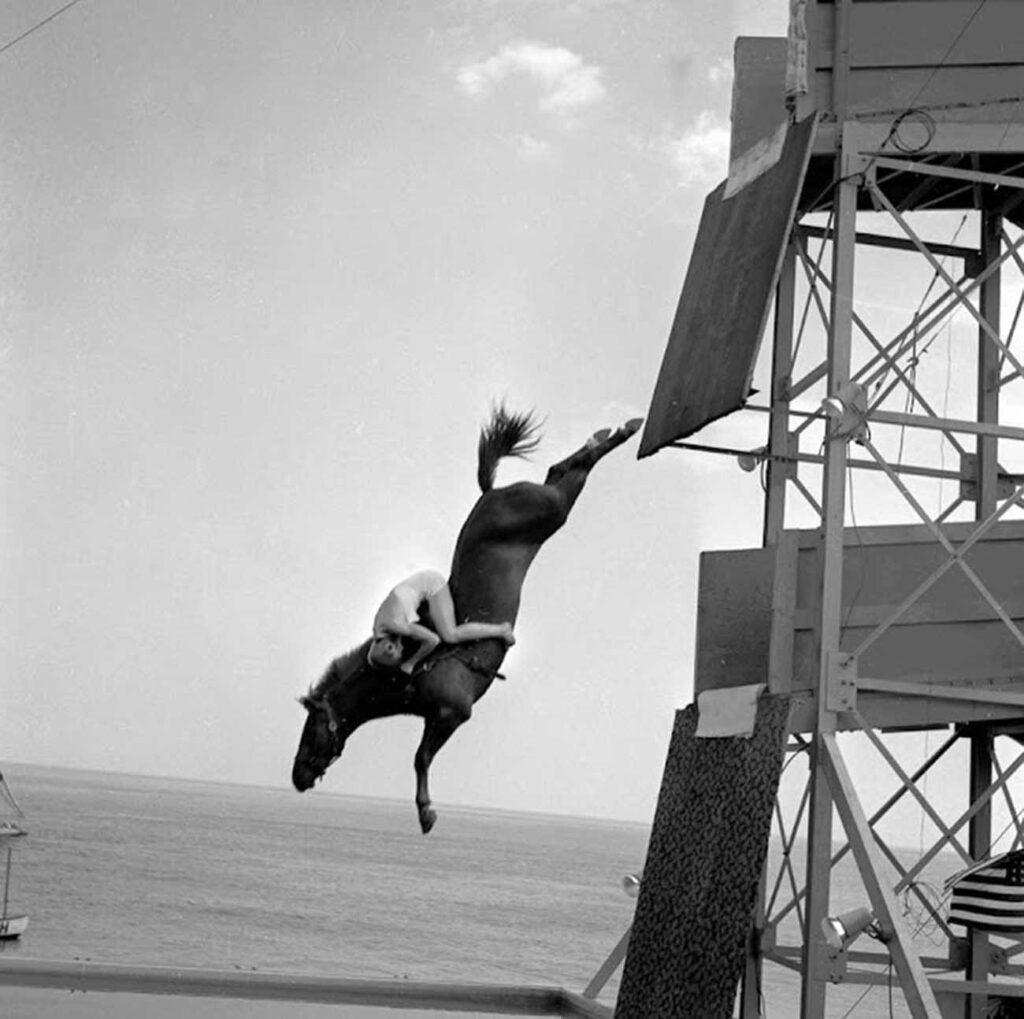
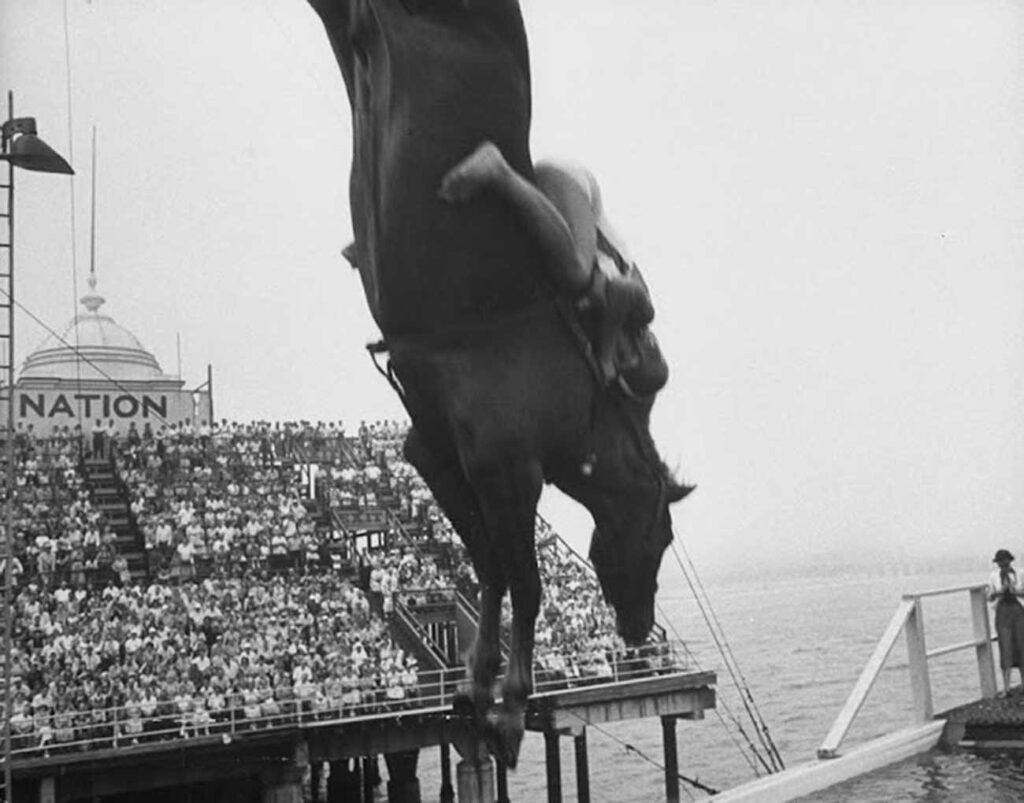
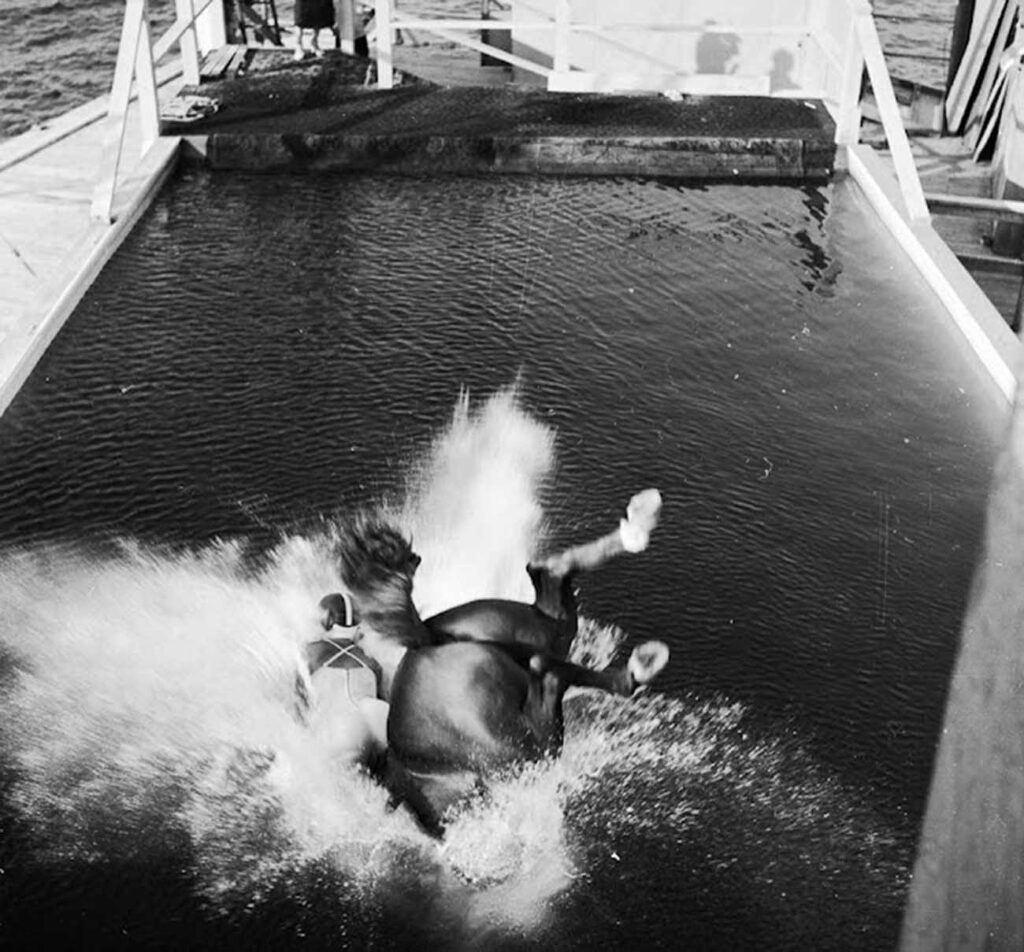
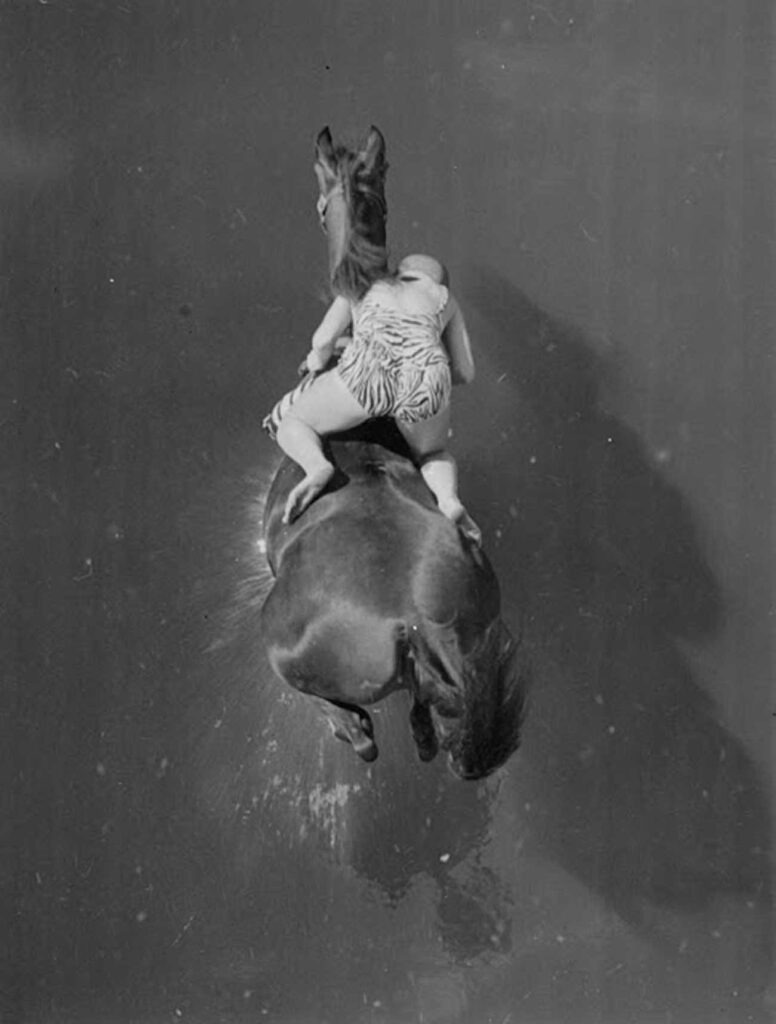
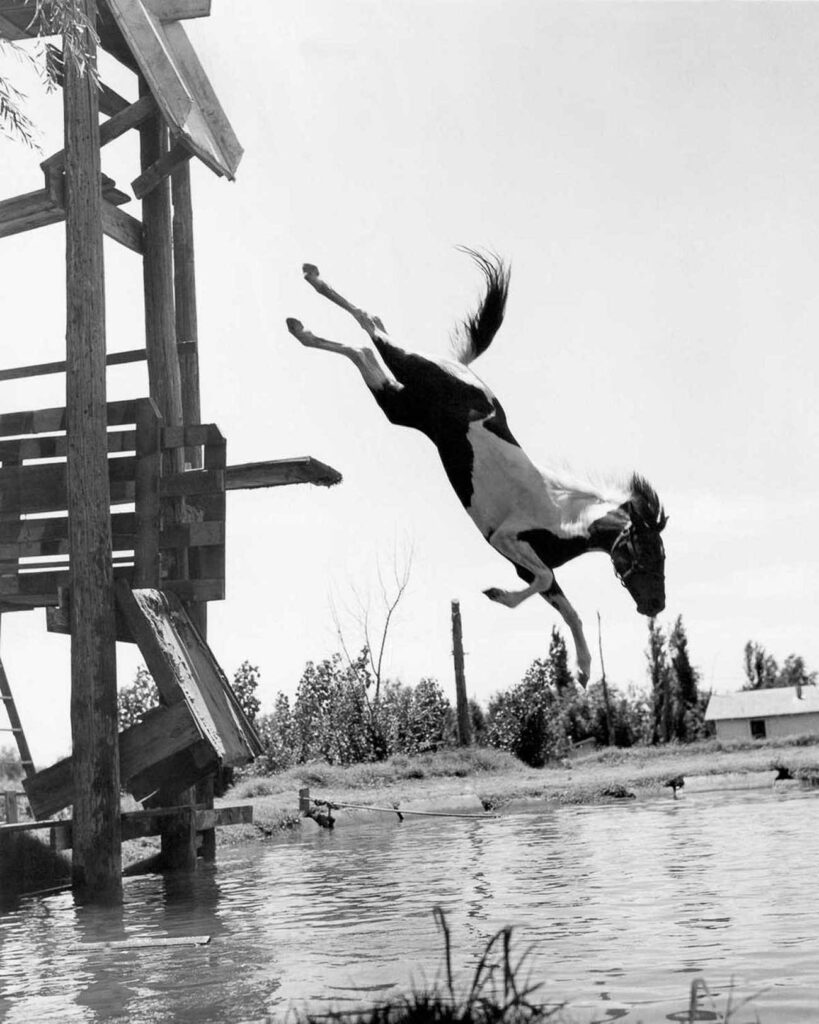
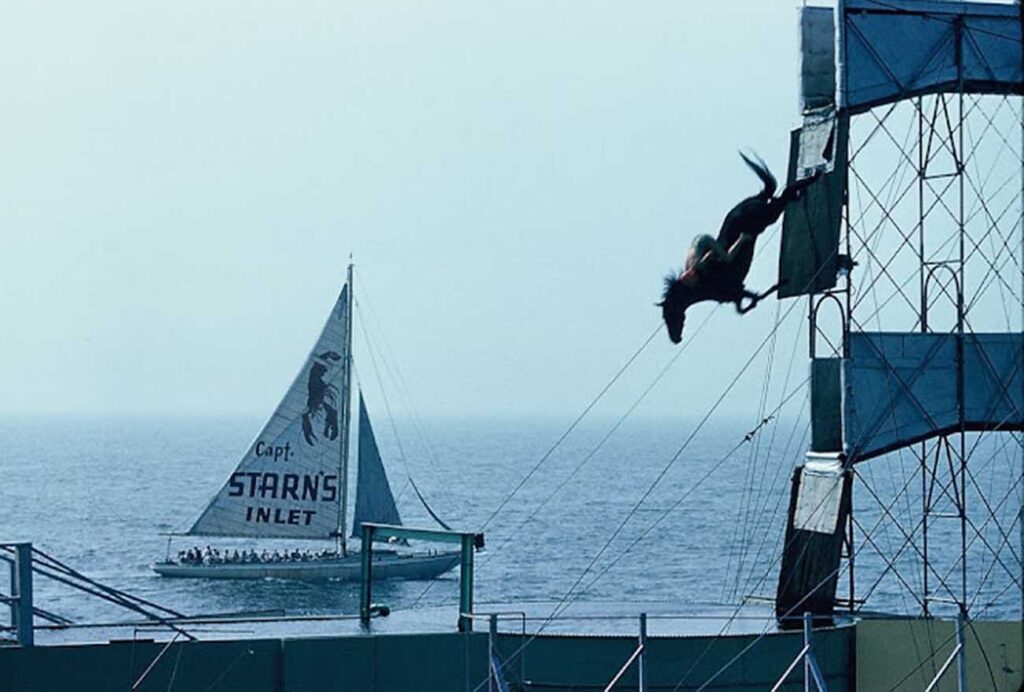
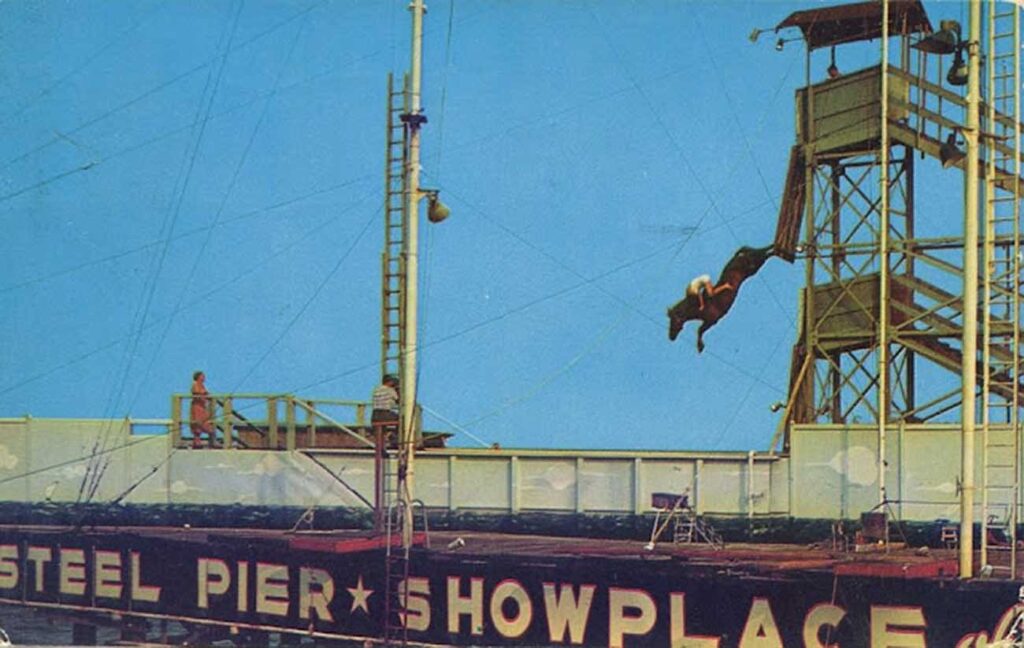
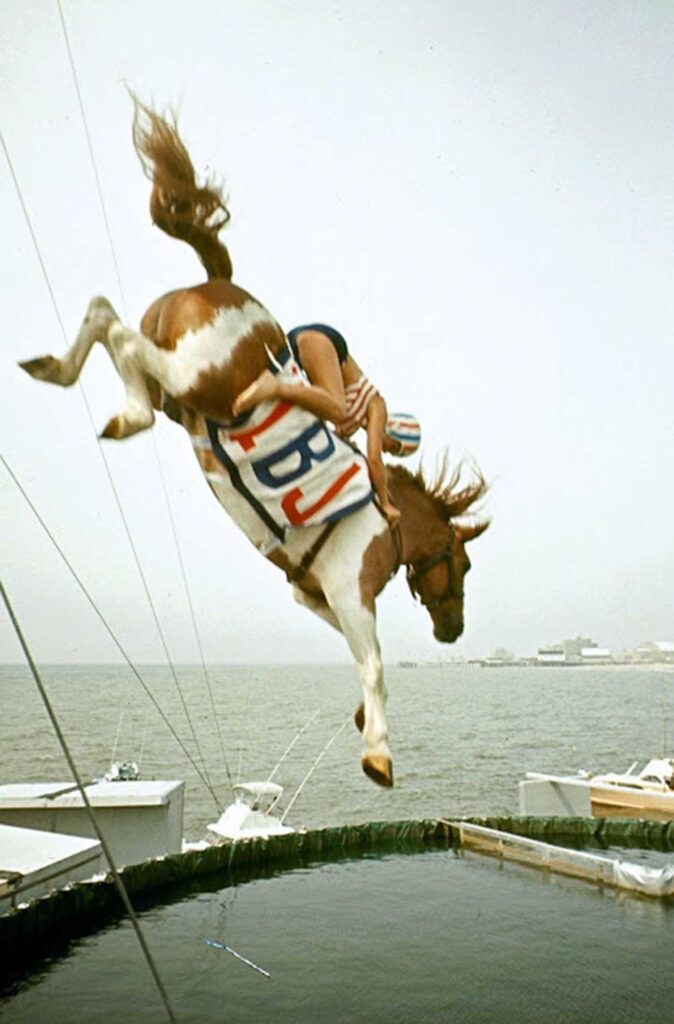
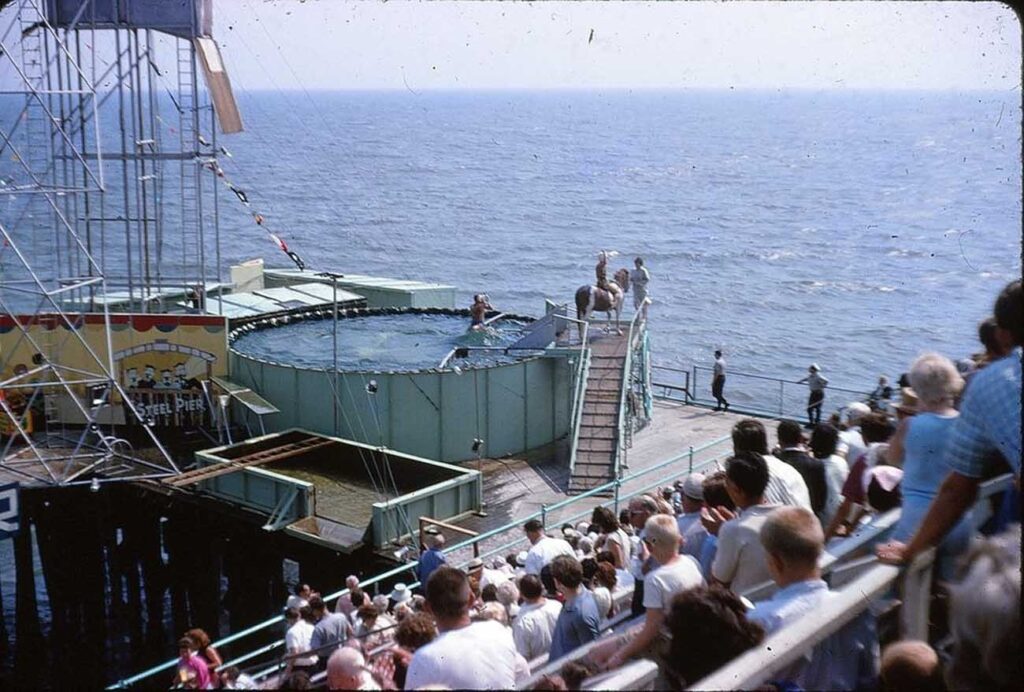
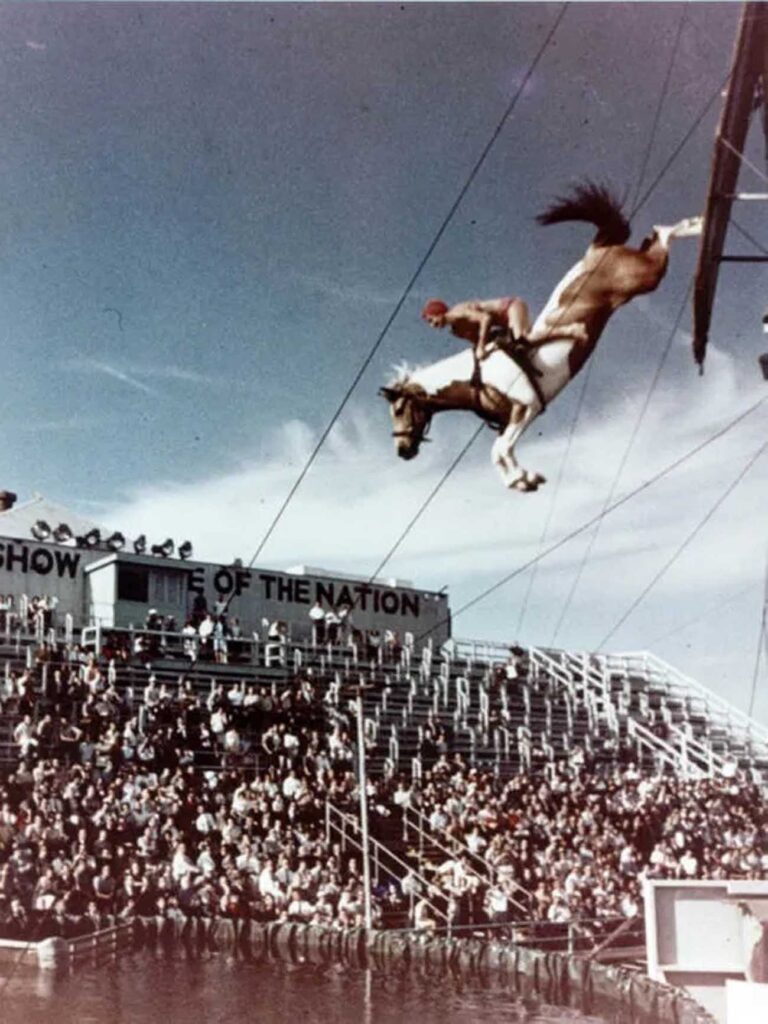

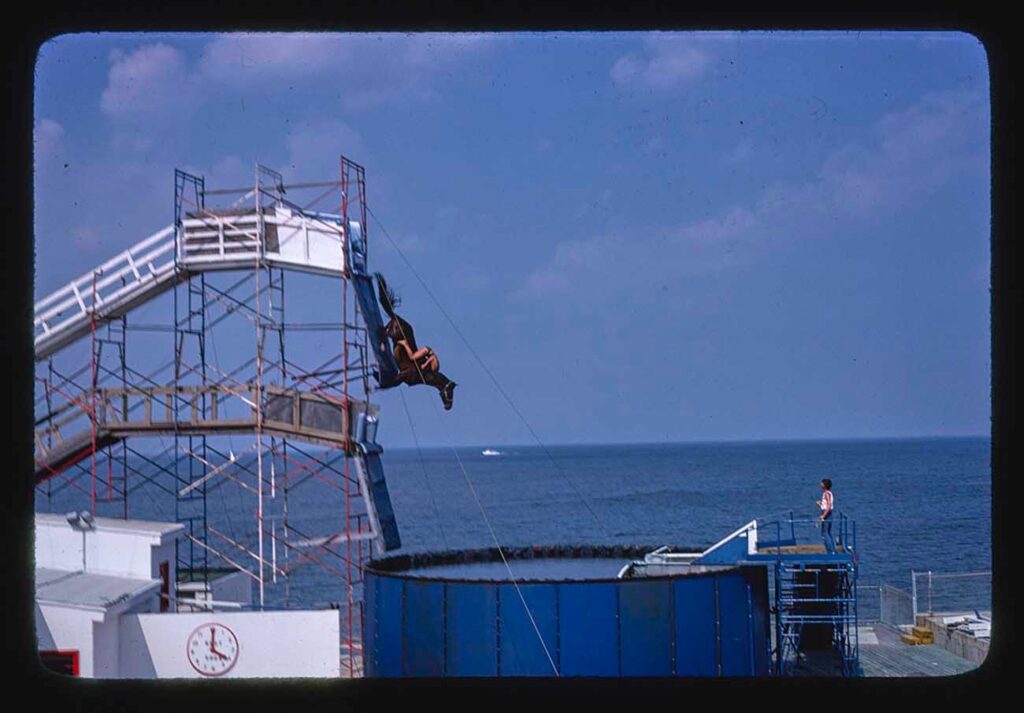

Leave a Reply